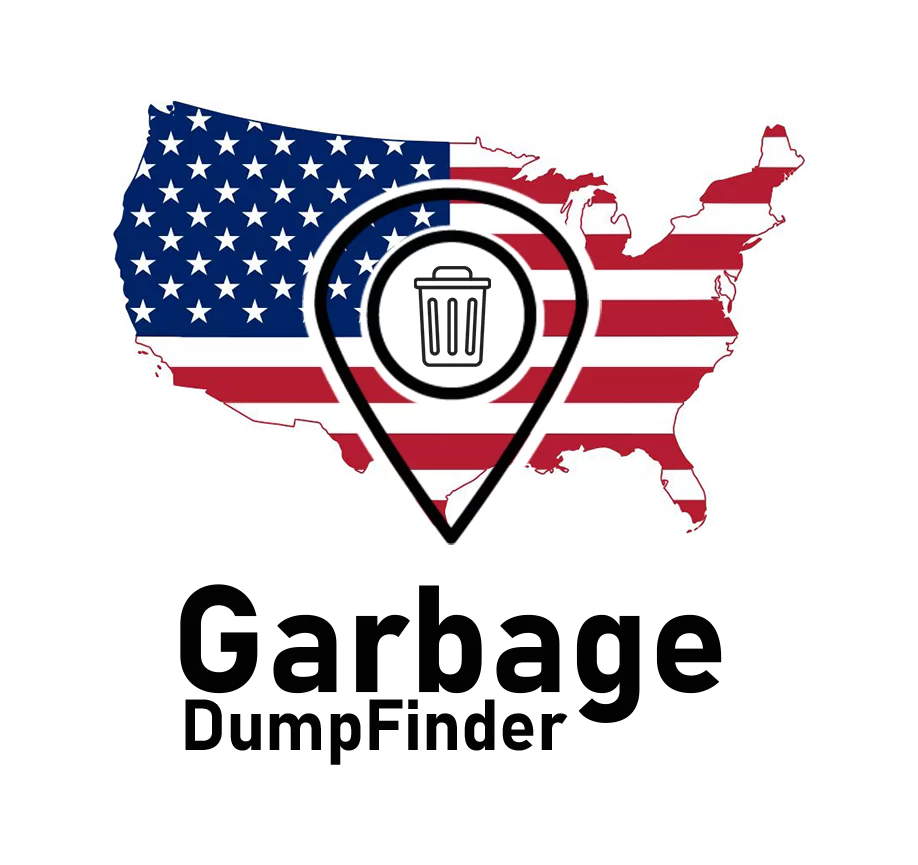Find Alaska Garbage Dumps & Landfills Near You
America's Largest List of Dumps in Alaska
Looking to dispose of your household or commercial waste? We’re here to help you find the nearest garbage dump or landfill in your area. Alaska’s unique geography means that waste disposal options can vary greatly depending on your location, but we’ve got you covered! Whether you’re in a remote area or a more urban setting, we make it easy to locate the most convenient and eco-friendly disposal sites. Simply enter your location, and we’ll guide you to the closest facility to keep your community clean and green!
FAQs
What do I need to bring with me to the landfill?Most landfills require you to bring proof of residency, such as a driver’s license or utility bill, especially if you're disposing of household waste. Be sure to bring gloves and tarps to secure your load while traveling!
Are there fees for using the landfill?Yes, fees are typically based on the type and amount of waste you're disposing of. Some landfills may have discounted rates for household waste or recycling, so it's always a good idea to check ahead for specific pricing.
Can I dispose of hazardous materials at my local landfill?Hazardous materials, such as chemicals, oil, or batteries, often require special handling and can't be disposed of at regular landfills. Check with your local facility for information on designated hazardous waste collection days or nearby disposal options.
What items are not accepted at landfills in rural areas?In more remote regions, some landfills may not accept large appliances, electronics, or certain types of construction debris. Always call ahead to verify what items are accepted before making the trip.
Can I recycle at the landfill?Many landfills offer recycling services for common items like paper, plastics, and metals. Check with your local site to see what materials can be recycled, and do your part in reducing waste in your community.
What are the landfill hours?Hours of operation can vary depending on the location and the season. Some remote landfills may have limited days or hours, so we recommend calling ahead or checking online for the most current information.
Are there restrictions on the types of vehicles allowed?In certain areas, there may be restrictions on the size or type of vehicles permitted to enter the landfill. Larger vehicles or trailers might need special access or permits. Be sure to check with the facility before heading out.

List of Alaska Dumps
More About Alaska Landfills
Garbage dumps and landfills in Alaska are essential to waste management, particularly due to the state’s vast size and remote areas. Alaska faces unique challenges when it comes to waste disposal, including its harsh climate, isolated communities, and lack of road access in many regions. As a result, the way trash is managed differs significantly from other states.
In urban areas like Anchorage, Fairbanks, and Juneau, modern landfill systems are in place, where waste is compacted, covered, and managed to minimize environmental impact. These larger facilities typically follow stringent state and federal regulations and often include recycling centers where residents can drop off materials such as plastics, glass, and paper.
In contrast, many rural and remote villages in Alaska rely on what are known as “Class III” landfills. These smaller, often unlined, dumps handle waste from communities with fewer than 1,000 residents. Due to limited access to resources and infrastructure, these areas may burn some waste to reduce volume. Proper waste management in these locations is critical to protect the surrounding environment, particularly since many villages are located near rivers, lakes, and other ecologically sensitive areas.
Additionally, because some communities are only accessible by boat or plane, transporting waste to larger landfills can be prohibitively expensive. As a result, the state has initiatives to help reduce waste generation and improve local waste handling techniques. Alaska also encourages residents to recycle and properly dispose of hazardous materials, as improper handling can pose significant risks to the fragile environment.
For more information on waste management and landfills in Alaska, visit the Alaska Department of Environmental Conservation’s Solid Waste Program or check out the EPA Region 10 for regulations and guidelines.
